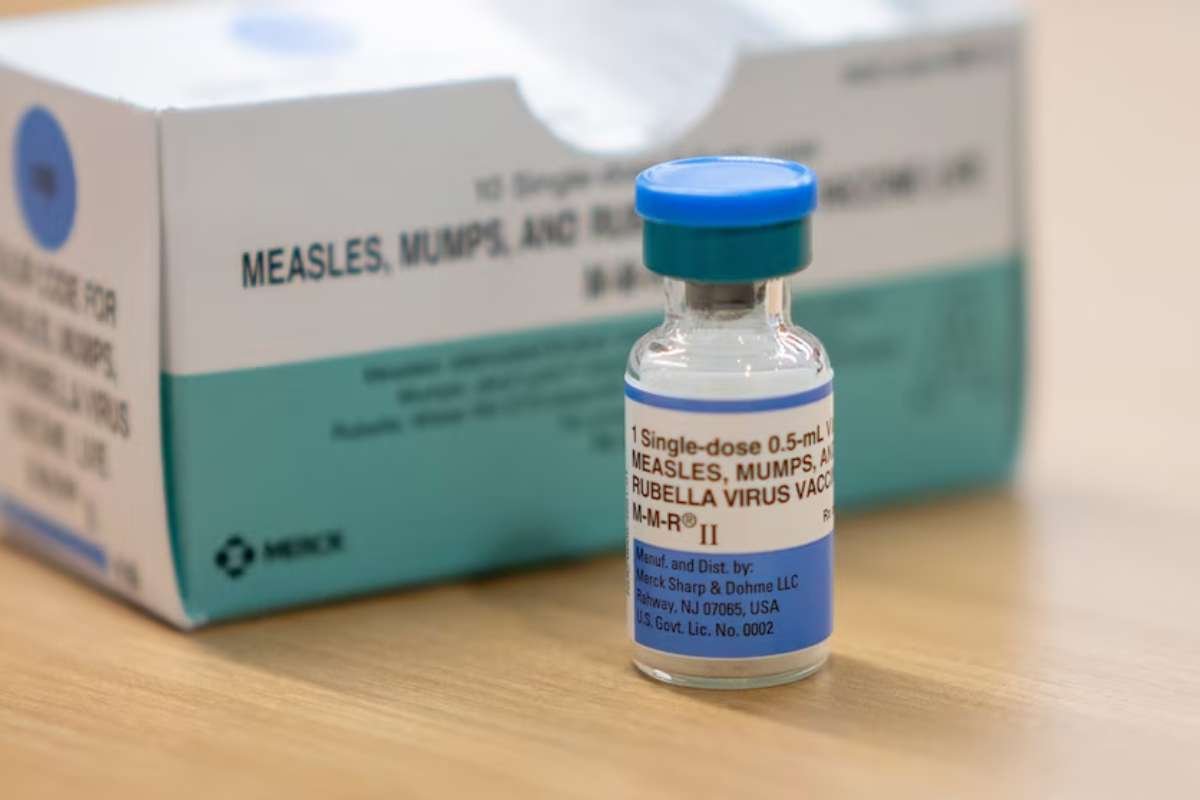“Always put the customer’s needs first, starting with the patient, then the doctor, then the hospital and payers.”
DurVena is a healthcare company that has been at the forefront of revolutionizing the industry with its innovative approaches to patient care. The Lifesciences Magazine is proud to recognize DurVena as one of the Most Trusted and Reliable MedTech Solution Providers Companies of 2023.
This recognition is a testament to DurVena’s unwavering commitment to providing innovative and effective solutions that cater to the evolving needs of the healthcare industry. In today’s fast-paced world, healthcare has become an increasingly critical aspect of our lives.
As a result, the demand for advanced technologies and medical solutions has never been more significant. DurVena has emerged with a novel tissue treatment modality, that offers a cutting-edge solution to enable surgeons to deliver the best possible outcomes for their patients.
By leveraging state-of-the-art technologies, DurVena has set itself apart from its competitors. Its solutions are designed to fit into current workflows, improve patient outcomes, and reduce overall healthcare costs.
Let us delve into the world of healthcare and explore how DurVena is transforming the industry with its innovative solutions and dedication to providing the best possible care to patients.
DurVena
DurVena is committed to improving patient outcomes through the use of innovative technology. Its mission is to reduce post surgical complications so that patients can avoid repeat visits to the hospital.
The company is changing the standard of care in hospitals and introducing cutting-edge technology to the healthcare industry. It is focused on commercializing photochemical tissue passivation therapy (PTP) that enhances the strength of venous tissue and improves the long-term patency of vein grafts.
DurVena is committed to enhancing patient outcomes in cases of coronary artery bypass grafting (CABG), peripheral artery disease (PAD), and arteriovenous (AV) fistula procedures, allowing patients to avoid reinterventions and live longer lives. DurVena’s vision is to introduce this technology into hospitals and transform the standard of care for these patient groups.
With an annual market worth over $1 billion in the US alone, the PTP technology developed by DurVena holds tremendous potential. This innovative technology has applications beyond CABG, extending to PAD (with over 3 million procedures performed annually) and AV fistula (which affects over 500,000 hemodialysis patients and has a high failure rate of over 50%). DurVena aims to expand into these markets after successfully penetrating the CABG market. The overall global market opportunity for DurVena is estimated to exceed $6.5 billion annually.
The man behind the curtain
John Ashley, CEO
An ideal healthcare leader is someone who possesses a unique set of qualities that allow them to guide their organization towards success. They must be able to envision the long-term goals of the company, and articulate them clearly to all stakeholders.
A leader also consistently supports their teams in achieving their objectives. They must be able to make timely decisions based on the best available information and be able to pivot quickly when circumstances change.
John Ashley, the CEO of DurVena, is a clear reflection of such a leader. He has a strategic vision for the future of the company and communicates it effectively to his teams, ensuring that everyone is aligned and motivated to achieve the company’s goals.
His leadership style is characterized by clear direction, unwavering support, and a willingness to make difficult decisions when necessary. In times of uncertainty or change, John has demonstrated the ability to pivot quickly and adapt the company’s strategy to meet new challenges. Moreover, he is a multi-talented individual who has successfully donned many hats in the company.
John further adds, “The number one responsibility is raising sufficient capital to drive towards the company’s goals. In addition, I am responsible for ensuring those goals are accurate through ongoing interaction with and input from surgeons, hospital administrators, regulatory bodies, patients, investors, and the board.”
John Ashley’s impressive career in the medical device industry spans over 30 years, during which he has made significant contributions to the field. His interest in healthcare was first piqued when he was presented with an opportunity to work for Abbott Labs after completing his master’s degree in engineering from MIT.
Driven by a desire to make a meaningful impact in the industry, John eagerly pursued the opportunity, and his passion for healthcare has only grown stronger since then. Throughout his career, John has demonstrated a deep commitment to improving patient outcomes through innovative technology, and his leadership has been instrumental in driving success for the organizations he has worked for.
“The positive experience of that start cemented my life-long career in this exciting industry.”
John’s take on Technology in Healthcare
The advances in technology have opened up new frontiers in healthcare instrument manufacturing, presenting exciting opportunities for innovation and progress in the industry. By embracing these new technologies, manufacturers can help drive improvements in patient care and outcomes while remaining at the forefront of the rapidly evolving healthcare landscape.
John says, “One advancement we are leveraging is the ability to use the cloud to constantly upload and review the performance of our instruments and to use that data to improve customers’ experiences.”
Telemedicine enables more frequent communication and data collection, which can lead to more personalized treatment plans and better patient outcomes. Telemedicine also has the potential to significantly reduce healthcare costs by streamlining the diagnostic and treatment process, as well as improving compliance with treatment plans.
As the healthcare industry continues to evolve, telemedicine will undoubtedly play an increasingly important role in providing convenient and effective healthcare to patients.
Future of Healthcare
The future of healthcare is rapidly evolving, with new trends emerging that are poised to revolutionize the industry. One such trend is personalized medicine, which focuses on providing tailored healthcare solutions based on an individual’s unique genetic makeup. This approach includes genetic-specific biotech therapies, 3-D printed implants, and telehealth devices that provide ongoing monitoring and customized care plans.
While personalized medicine offers many exciting possibilities, there are also concerns about other trends in the healthcare industry. One such trend is the ongoing consolidation of hospitals, physician practices, and product and service providers.
This trend risks diluting the personalized care that every patient deserves and highlights the need for healthcare leaders to prioritize patient-centered care as they navigate the evolving landscape of the healthcare industry.
On the increasing demand for healthcare services, John adds, “The ability to respond rapidly to patients is predicted by access to financial and human capital. The increasing interest rates are severely limiting access to financial capital. Hopefully, that will be reversed in the next few years. Currently, although it is expensive, there is human capital available. This pool of talent is growing as companies implement layoffs in response to economic conditions.”
Roadblocks to DurVena
DurVena faced several challenges during its early stages. The company struggled to secure financing initially, receiving a term sheet in March of 2020, only to have investment activity come to a sudden halt as the pandemic hit.
With no traction for six months, the company had to look to its friends and family network to raise seed capital in October/November of 2020 to kickstart operations. These challenges forced DurVena to operate leanly and strategically, prioritizing key initiatives and making the most out of limited resources.
However, the company’s resilience and ability to adapt to difficult circumstances have enabled it to overcome these obstacles and continue to drive innovation in the healthcare industry.
Long-standing success
DurVena may be a young company, but it has already achieved significant success due to three key factors. Firstly, groundbreaking research on the company’s technology was conducted at the prestigious Mass General Hospital, providing a strong scientific foundation.
Secondly, the founding team has a wealth of experience, having collectively worked on over 10 medical device startups, eight of which have exited, including two through IPOs. Finally, the support of the company’s scientific advisors and investors has been invaluable, with all parties enthusiastic about DurVena’s potential impact on patient outcomes.
Together, these factors have contributed to DurVena’s impressive track record of success in the healthcare industry.
Team for the win
John’s leadership style involves a clear focus on goal setting, communication, and accountability. He ensures that each member of his team understands the company’s mission and how their individual contributions fit into the larger picture.
John says, “First, I make sure that each contributor understands the overall goals and mission of the company. Next, the individual goals for each contributor are clearly defined with the deliverable and timeline specified. Then I ensure that everyone has the tools, information, and support they need to optimize their impact. Finally, the contributions are reviewed and compared to the initial goals to see what was met, what was exceeded, and what needs to be improved on for the next period.”
Setting it apart
DurVena offers a unique product known as Photoactivated Tissue Passivation (PTP), which is based on the application of Rose Bengal dye to the exterior of a harvested vein followed by exposure to LED light. This process activates the dye and creates additional collagen crosslinks in the extracellular matrix of the vein’s adventitia.
The result is an increase in tissue strength and a decrease in elasticity, which reduces the likelihood of stenosis and graft failure. Pre-clinical testing of PTP has shown a significant increase in vein stiffness (5x) and a reduction in intimal hyperplasia (70% reduction), which is a promising result for patients. The use of Rose Bengal dye is not only effective but also has a long history of medical use, making it a safe and reliable option for patients in need.
One unique aspect of DurVena’s product is that it currently has no competitors on the market. While other companies have attempted to address similar patient needs through various approaches, none have been successful.
The key differentiating factor is that DurVena’s solution focuses on treating the patient’s own vein, rather than adding a new device into the body. This approach allows the company to leverage existing surgical knowledge and practices, without requiring surgeons to make significant changes to their current methods.
As a result, DurVena’s solution has the potential to significantly improve patient outcomes while minimizing disruption to standard surgical procedures.
Impact of the Clientele
“Our clients are surgeons, surgical staff, hospitals, and payers. Our surgeons and surgical staff regularly give feedback on our designs and prototypes.”
DurVena has engaged in discussions with hospitals to gain a better understanding of their needs and interest in the company’s products. Additionally, they have analyzed Medicare data related to surgeries in order to determine current payment rates and how they can be increased with the use of their product.
DurVena intends to apply for a New Technology Add-On Payment (NTAP) to increase the amount that Medicare reimburses hospitals for surgeries that involve the use of their product, compared to surgeries that are done without it.
A step ahead
DurVena plans to expand its product line by developing additional applications of its technology beyond vein grafts. The company aims to leverage its experience in medical device innovation and scientific expertise to create novel solutions for a range of cardiovascular and other medical conditions.
John adds, “Our initial device is for patients getting coronary bypass graft using their own saphenous vein for one or more of the grafts. After that, we will look over the same or similar products for Peripheral Artery Disease, and Arteriovenous fistula surgeries.”
Here is an investor testimonial:
“DurVena’s PTP therapy is poised to improve the success rate and durability of coronary bypass procedures. This could make a huge impact on cardiac care worldwide.”
Don Milder, Chairman of the Board, Inari Medical (NARI), (former Co-founder and Managing Partner, Versant Ventures)







